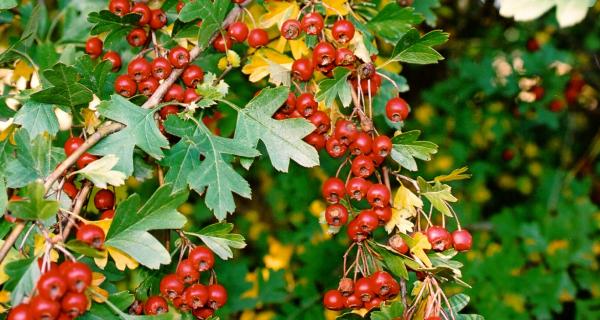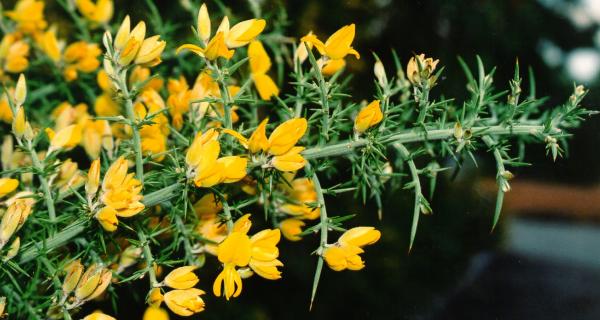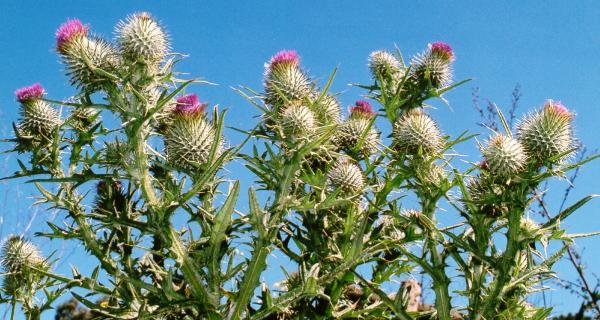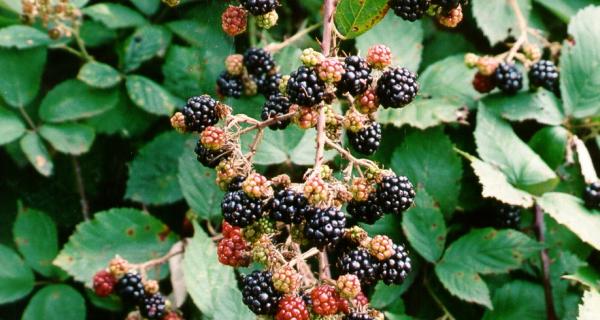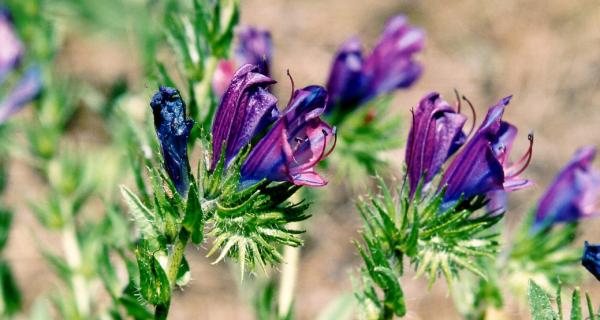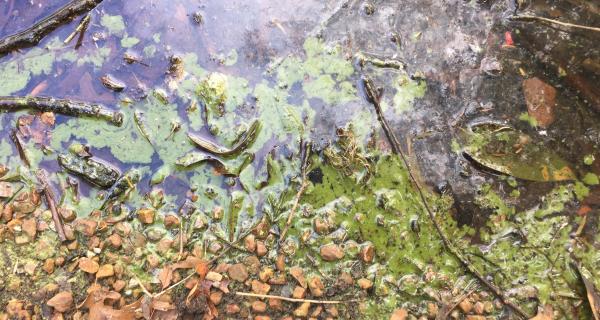Weeds are plants that can threaten our local bushland and biodiversity. They compete with local plants for light, nutrients, water, space and pollinators. They can shade, smother and crowd local plants, filling natural gaps preventing natural regeneration. They may be native or introduced species and are often common garden plants that have escaped from the home garden.
Whitehorse City Council has compiled lists of Environmental Weeds which are quite common in peoples’ gardens and can have a negative impact on Whitehorse bushland reserves and creek lines. These lists were developed using the Victorian Department of Environment, Land Water and Planning Weed Risk Rating. The Environmental Weed Lists are also in line with the Whitehorse Urban Biodiversity Strategy ( PDF 2.03MB).
Some of these weeds have also been designated as noxious weeds by the Victorian Department of Agriculture. The noxious weeds are highlighted in the Environmental Weeds lists below.
Weed Identification
The lists below provide useful links on how you can identify and help stop environmental weeds from spreading into nearby waterways and bushland.
Weed Removal
Generally the best time to remove weeds is prior to them flowering and seeding. Removal methods could include hand pulling, drill and fill, cut and paint, herbicide application, smothering and solarisation.
Weed Disposal
- Composting (excluding seed heads and species which can take root)
- Organic waste bin: weeds should be superheated to prevent re-sprouting
- Green Waste Collection: only bundled woody stems
- A trip to the Whitehorse Recycling and Waste Centre green waste pile or send to landfill if it contains seed heads or species which can take root
Weed Replacement
On Council land, mature weed trees are often allowed to remain in parklands because of the canopy benefits that they provide, although care is taken to remove seedlings and plant more appropriate species for the future. If you have a weedy tree in your garden you may wish to do the same and recognise the benefits of its canopy but ensure seedlings are controlled.
An important part of weed management is using replacement plants that are more appropriate. Planting hardy indigenous plants species grown from seeds collected within the region creates a habitat for local animals and birds, contributing to our local landscape. Consider creating a Garden for Wildlife when you remove weeds.
Ask about native and indigenous plants at your favourite indigenous plant nursery.







